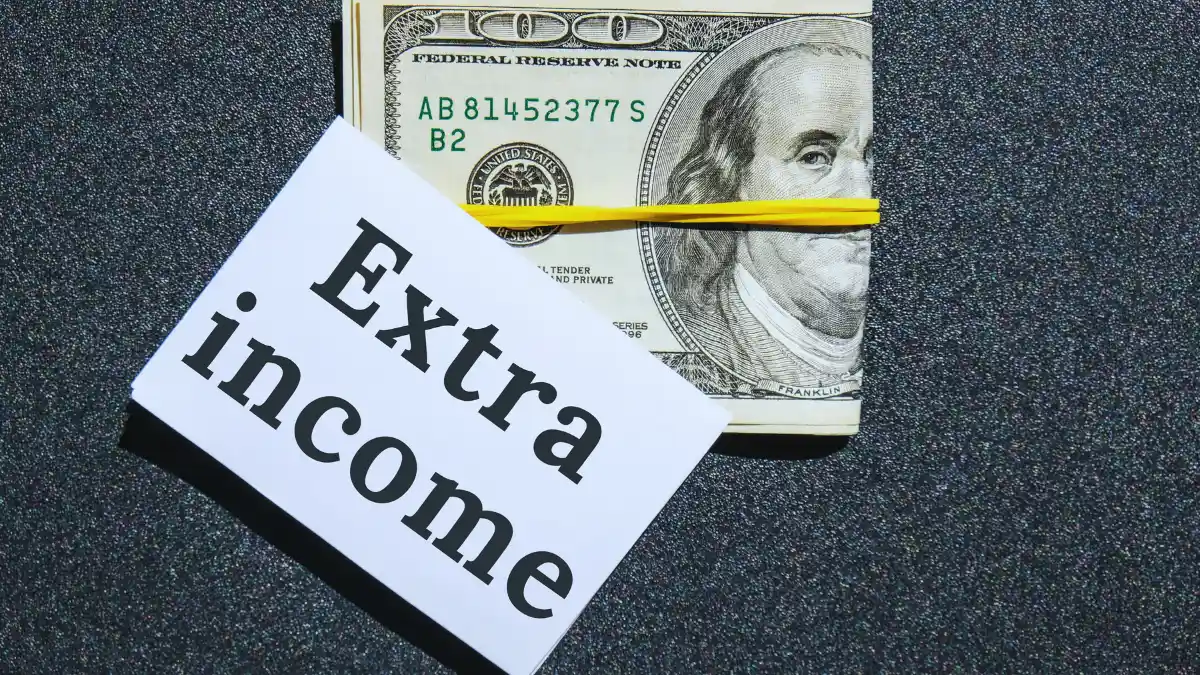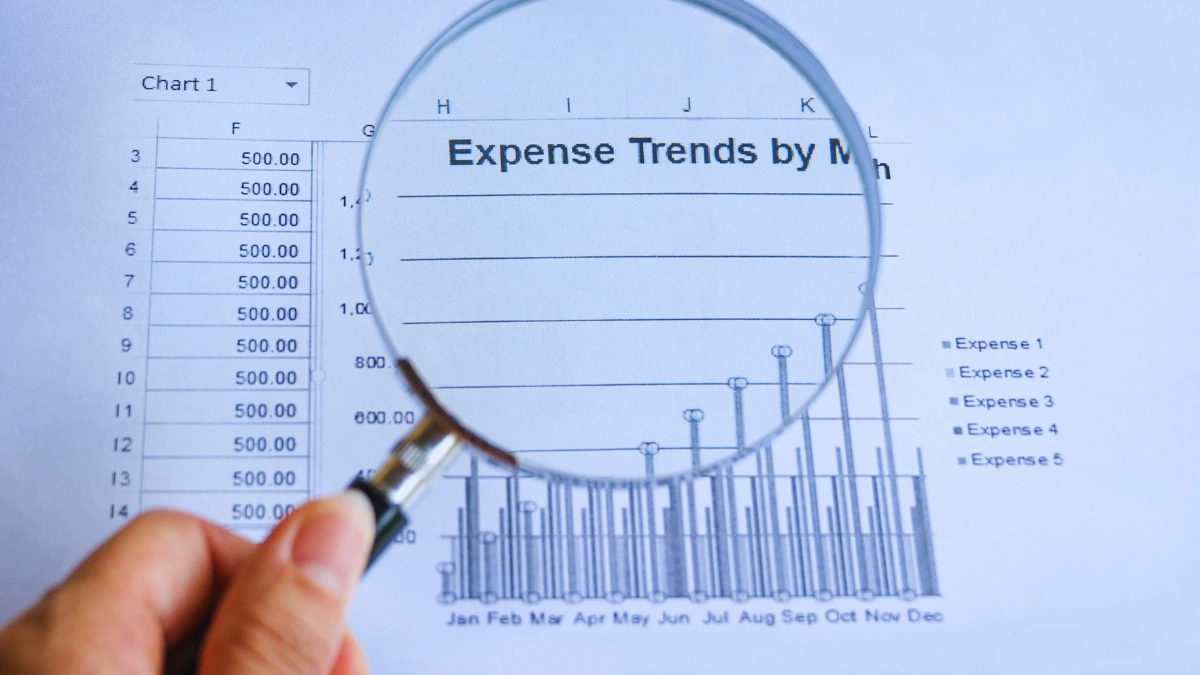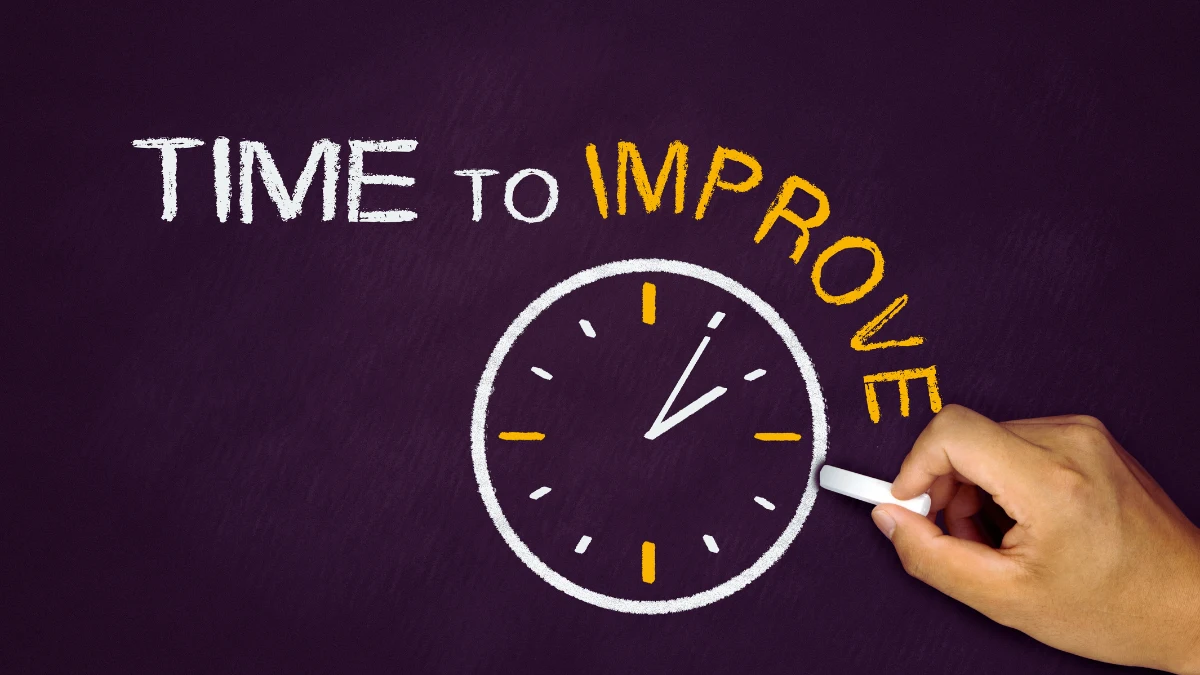Sarah thought her $75,000 nursing job was solid. Then her car broke down. The repair cost $1,200. She didn’t have it.
Sarah isn’t alone. A Federal Reserve study shows 36%-37% of Americans can’t cover a $400 emergency without borrowing money or selling something.
This is why 67% of Americans now have a side hustle or aspire to have one. It’s not about buying luxury items. It’s about survival.
Your parents could live well on one income. You probably can’t. Here’s why that changed and what you can do about it.
The Numbers Don’t Lie About Side Hustles

The side hustle economy exploded for good reason. Let’s look at the facts.
A 2024 Bankrate study found that 36% of Americans currently have a side hustle.
The average side hustle brings in $885-$891 per month. However, what matters more is that 44% of people use this money for their daily expenses. Not vacations or fun purchases. Basic living costs.
The gig economy has grown 40% since 2020. Uber drivers, Etsy sellers, freelance writers, food delivery workers. These aren’t just college students making beer money. They’re working professionals trying to make ends meet.
Consider these examples:
- Teachers driving for Uber after school
- Nurses selling crafts on weekends
- Office workers doing freelance writing at night
- Retail managers delivering food on days off
The pattern is clear. People with “good jobs” still need extra income. And here’s why.
Why 2 Out of 3 Americans Need Multiple Income Streams
The math is simple. One income stream isn’t enough anymore. Here are the seven reasons why.
1. Your Paycheck Stays the Same While Everything Costs More

Wages barely moved in 20 years. But the cost of everything else shot up.
Look at these numbers:
- Housing costs rose 118% from 2000 to 2020
- Wages grew only 15% in the same period
- Healthcare premiums have increased 158% since 2000
- Wage growth in that time? Just 26%
A teacher in Austin makes $50,000 per year. The median home price? $450,000. That teacher would need to save every penny for nine years just for a down payment.
Healthcare eats up bigger chunks of paychecks, too. The average family health plan costs $22,463 per year. Many employers make workers pay $6,000 or more of that.
Groceries hit families hard. Food costs jumped 25% in two years. Your salary didn’t jump 25%.
Gas prices swing wildly. One month, you budget $200 for gas. The next month, you need $350.
This creates a squeeze. Your income stays flat. Your costs keep climbing. The gap gets bigger every year.
2. Job Security Is Dead

Remember when people worked 30 years at one company? Those days are over.
Even “stable” companies lay off workers without warning:
- Amazon cut 18,000 jobs despite record profits
- Meta eliminated 3,600 positions
- Google laid off 12,000 employees
- Banks closed thousands of branches
The average person now has 12 different jobs during their career. Job tenure dropped to 4.1 years. At-will employment means your boss can fire you anytime for any reason.
Economic downturns hit harder when you have one income source. The 2008 recession showed this clearly. Families with multiple income streams survived better than those depending on a single paycheck.
Industries change fast now. Automation replaces workers. Companies move jobs overseas. Entire business models disappear overnight.
Your job might seem safe today. But so did jobs at Blockbuster, Borders, and Circuit City.
3. Healthcare Costs Force Impossible Choices

Health insurance doesn’t cover what it used to. High-deductible plans shift costs to you.
The average deductible is $1,669 for individuals and $3,392 for families. You pay that much before insurance helps with anything.
Prescription drugs cost hundreds per month. Insulin costs $300 monthly without insurance. Cancer treatments can cost $10,000 per month.
Freelancers and gig workers get hit hardest. They pay $400 to $800 monthly for individual health insurance. Many go without coverage because they can’t afford it.
Medical bankruptcies affect 66% of people who go broke. Most had insurance when they got sick.
Consider Tom, a contractor with diabetes. His insulin costs $300 monthly. His wife’s blood pressure medication costs $150. Their son’s ADHD medication costs $200. That’s $650 monthly just for prescriptions.
Without multiple income streams, families like Tom’s face awful choices. Medicine or rent. Treatment or food.
4. Student Loans Create Lifelong Debt Traps

College costs exploded faster than wages. The average graduate owes $37,000. Many owe much more.
Graduate degrees often mean $100,000+ in debt. Law school averages $165,000. Medical school can hit $250,000.
Monthly payments compete with housing costs. The average payment is $393 per month. Try paying that on a $35,000 starting salary.
Interest rates make loans grow even when you make payments. Income-driven repayment plans keep balances high for decades.
Meet Jessica, a social worker with a master’s degree. She owes $80,000 in loans. Her payment is $650 monthly. Her salary is $42,000. After taxes, she takes home $2,800 monthly. The loan payment eats 23% of her income.
Jessica works at a nonprofit. She lives with roommates. She drives a 12-year-old car. She still struggles to make ends meet.
This forces people to seek extra income. They can’t wait for their “main” career to pay enough.
5. Retirement Plans Don’t Work Anymore

Social Security won’t cover your retirement. The average benefit is $1,827 monthly. Try living on that.
Pensions mostly disappeared. Only 15% of private workers have them. Everyone else relies on 401(k) plans.
The median 401(k) balance for people near retirement? Just $65,000. Experts say you need $1.5 million to retire comfortably.
Healthcare in retirement costs an average of $300,000. Medicare doesn’t cover everything. Long-term care can cost $5,000 monthly.
Without multiple income streams during your working years, you can’t save enough. Social Security and small 401(k) balances won’t cut it.
Look at Linda, age 55. She has $45,000 in her 401(k). At this rate, she’ll work until she dies. She started a consulting business to catch up on retirement savings.
6. Inflation Makes Everything More Expensive

Inflation hit 9.1% in 2022. That was the highest in 40 years. Your money loses value fast.
Gas prices doubled in 18 months. Grocery bills jumped $200 monthly for many families. Rent increases hit 20% in some cities.
Interest rates shot up, too. Mortgage rates went from 3% to 7% in two years. This priced millions out of homeownership.
Fixed incomes get crushed by inflation. If you make $60,000 this year and get no raise, you effectively make less next year when prices rise.
Multiple income streams help you adjust. You can raise prices on side services. You can work more hours. You can switch to better-paying gigs.
People with one income source can’t adjust as easily. They’re stuck with whatever their employer decides to pay.
7. Technology Threatens Your Job

Artificial intelligence and automation replace workers faster than ever. McKinsey predicts 375 million jobs may be automated by 2030.
Bank tellers lost jobs to ATMs and mobile banking. Travel agents have been replaced by booking websites. Cashiers are losing work to self-checkout machines.
Even white-collar jobs face threats. AI can write basic legal documents. Software can do simple accounting. Robots can perform surgery.
Remote work makes things worse for some jobs. Why pay an American programmer $100,000 when you can hire someone overseas for $25,000?
Skills become outdated quickly. The average skill has a half-life of 2-5 years in tech fields. What you learned in college might be useless in five years.
Having multiple income streams protects you. If one job disappears, you have others. You can develop new skills through side work. You can test different career paths.
How to Start Building Multiple Income Streams
Don’t panic. You can fix this situation. Here’s how to start.
Week 1: Figure Out What You Can Sell

List your skills. What do you know how to do? What do people ask you for help with?
Common skills that make money:
- Writing and editing
- Graphic design
- Web development
- Social media management
- Tutoring and teaching
- Handyman services
- Pet care
- Cooking and baking
- Photography
- Consulting in your field
Research the demand for your skills. Check Upwork, Fiverr, and Facebook groups. See what people need.
Week 2: Pick One Thing and Set It Up

Don’t try to do everything. Pick one skill and focus on it.
Create a basic business setup:
- Choose a simple business name
- Set up a basic website or social media page
- Decide on pricing
- Write a simple description of what you offer
Keep it simple. You can improve everything later.
Week 3: Get Your First Customer

Start with people you know. Tell friends and family about your new service. Ask for referrals.
Offer a discount to the first customers. Get testimonials and reviews.
Join local Facebook groups and nextdoor.com. Offer your services there.
Week 4: Scale and Improve

After you get a few customers, improve your process. Raise your prices gradually. Add new services.
Track your time and money. See what works best.
Consider legal and tax issues:
- Get business insurance if needed
- Track expenses for taxes
- Set aside money for quarterly tax payments
- Consider forming an LLC
How to Manage Multiple Income Streams Without Burning Out

Having multiple income streams takes work. But it doesn’t have to kill you.
Set Clear Boundaries
Don’t let side work take over your life. Set specific hours for side projects.
Tell your main employer about side work if required. Check your employment contract for restrictions.
Use Systems and Tools
Track your time with apps like Toggl. Manage projects with Trello. Send invoices with FreshBooks.
Automate what you can. Set up automatic payments. Use scheduling tools for social media.
Start Small and Grow Slowly
Don’t quit your day job immediately. Build side income gradually.
Aim for $500 monthly first. Then $1,000. Then consider bigger changes.
Focus on What Works
Some income streams will fail. That’s normal. Focus on what makes money and satisfies you.
Don’t spread yourself too thin. Better to do three things well than ten things poorly.
